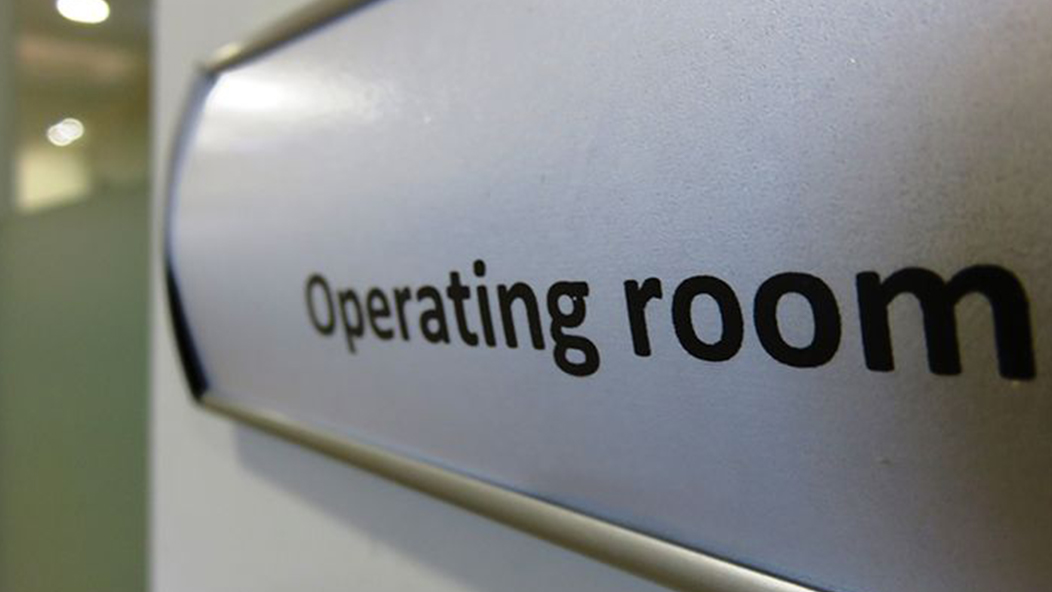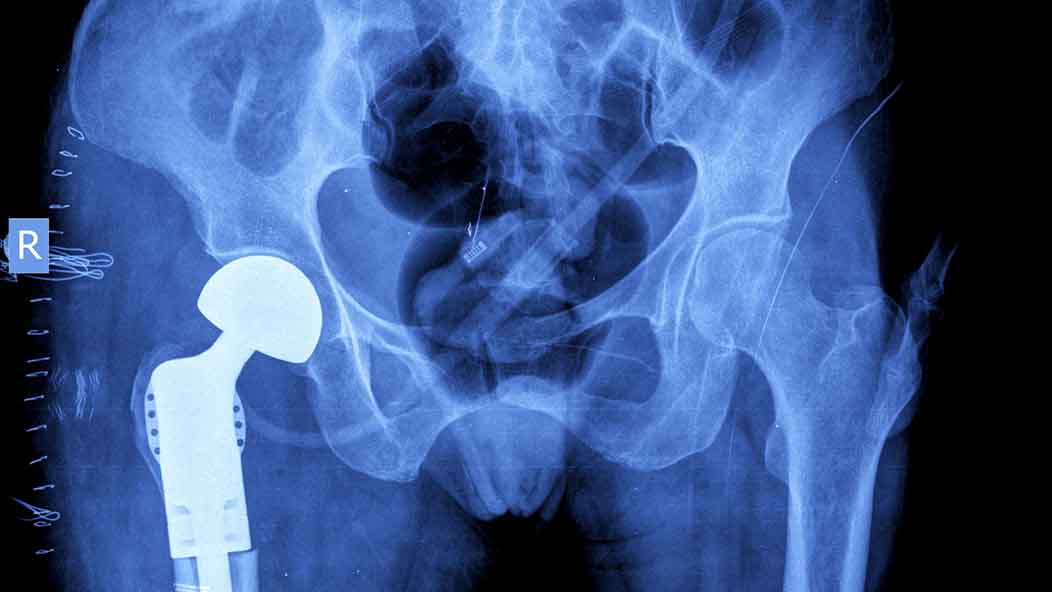Join Our eNewsletter!
Subscribe to our monthly newsletter to receive encouraging advice to help you lead a healthy lifestyle.

7 Common Myths About Hip Replacement
Hip replacement is a surgery in which diseased parts of the hip joint are removed and are replaced with a prosthetic implant. Hip replacement surgery is recommended by physicians when other treatments do not relieve pain. Prior to surgery, patients may choose using a cane or walker for stability, physical therapy, medication and other measures prior to hip replacement therapy.
The Centers of Disease Control and Prevention report approximately 332,000 hip replacements performed annually in the U.S. It’s a procedure that improves hip function, relieves pain, and increases mobility. Despite the success of hip replacement, there are several common misconceptions that prevent people with severe hip pain from seeking surgery.

Myth #1 Hip replacement surgery should be put off as long as possible
Many people delay having hip replacement surgery because they believe it will prevent them from engaging in their usual daily activities and from living a fulfilling life. The fact is that the older you get and the longer you put off having surgery, the more difficult it is to recover from the surgery. While you wait to get the procedure, your already damaged joints place stress on the remainder of your body and you may become weaker and deconditioned. In most cases, a person’s quality of life is lessened much more by waiting to get the surgery than by having it sooner.
Myth #2 No one under a certain age should have hip replacement
Hip replacement is most often associated with people over 50. While it may be true that hip joints tend to deteriorate with age, anyone with severe or persistent hip pain can be a candidate for hip replacement surgery at any age. In past decades, orthopedic surgeons would be hesitant to perform the procedure on younger patients because the prosthetic would only last 20 years or less. But advancements in technology, including better quality prosthetics and improved surgical techniques, have made hip replacement safer and more effective than ever. Although younger patients may require a second surgery at some point in their lives, a second hip replacement is not needed in most cases.

Myth #3 Hip pain is just a part of aging you have to deal with
There are very few sources of pain that simply have to be tolerated in this day and age. It may be true that osteoarthritis is a common part of becoming older, but there’s no reason for a person to continue to suffer with lifelong hip pain. When pain medications and cortisone injections fail to provide relief, total hip replacement surgery can completely alleviate hip pain associated with osteoarthritis.
Myth #4 You won’t walk for weeks following hip replacement surgery
This may have been true years ago, but advances in hip replacement surgical techniques and medication have made it possible for many hip replacement surgery recipients to walk the very same day after undergoing the procedure. Most patients are cleared to drive within two to three weeks. Full recovery and physical therapy typically take between three and six months.
Myth #5 Those with severe hip arthritis cannot get a hip replacement
The fact is that those with severe hip arthritis are ideal candidates for hip replacement, as osteoarthritis is the most common cause of hip joint deterioration. Other causes may include broken bones, tumors, and injury. Only in cases of extremely poor health do most orthopedic surgeons decide to not perform hip replacement.

Myth #6 Hip prosthetics and procedures are the same for everyone
Some people decide hip replacement surgery won’t help their pain because it’s a one-size-fits-all procedure that doesn’t cater to each patient’s needs. There are actually three different methods a surgeon may use for hip replacement: direct anterior, anterolateral, or posterolateral. All approaches are muscle sparing compared to older techniques and allow faster recovery. There are many different prosthetic implant designs that can allow for precise implant sizing for all patient sizes.
Myth #7 Every hip replacement surgery has complications
As with any surgery, there are risks with hip replacement surgery, but with technological and medical advances, complications are rare. In the past, hip dislocation, blood clots, and infection were recognized following surgery, but new surgical techniques, rapid recovery protocols, improved prosthetic design and materials have made hip replacement surgery safer and more effective than ever.
If you’ve been putting off hip replacement surgery because of these or any other misconceptions, I can help you make an informed decision about whether or not hip replacement is right for you.








